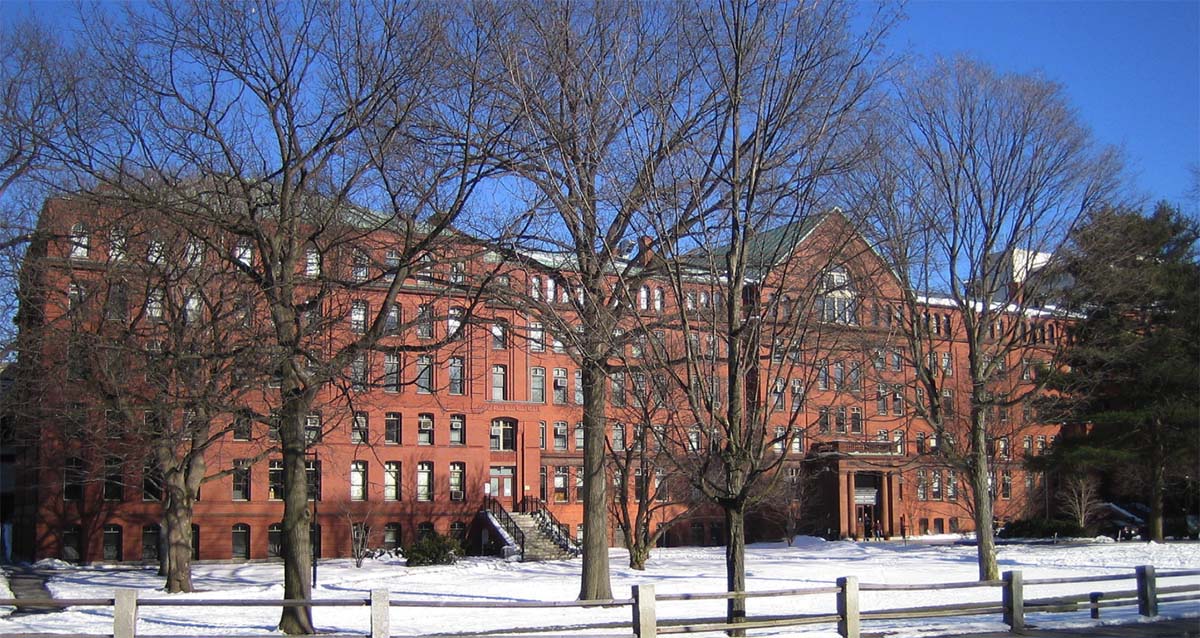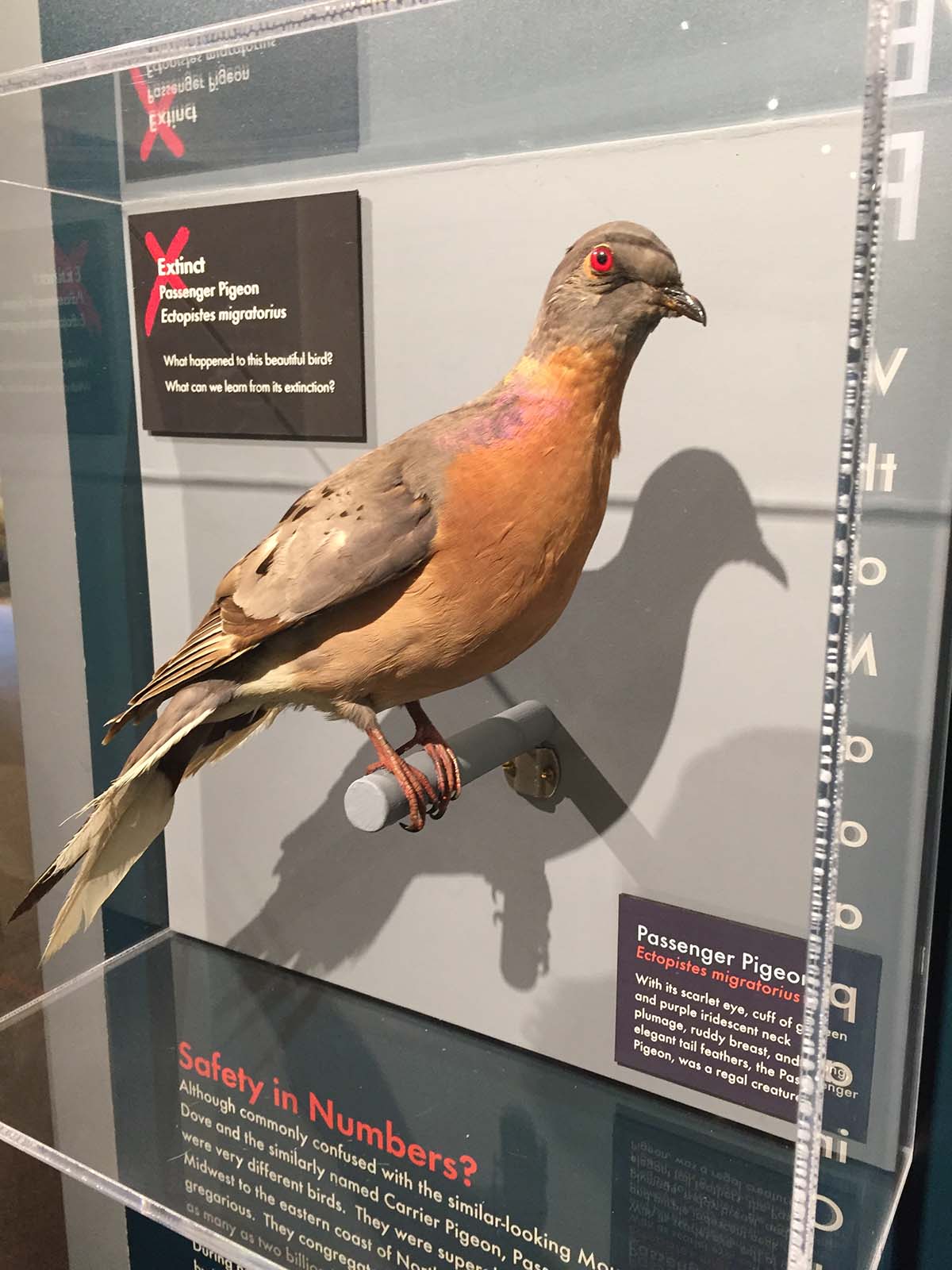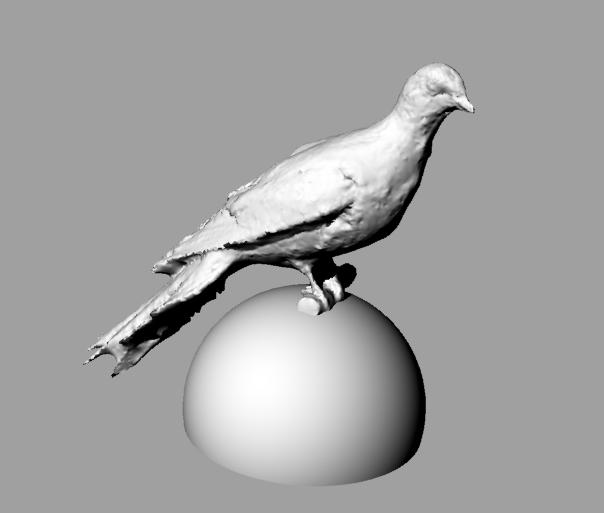Rescued from Extinction
IMAGINE life as a triceratops. You are recognized for your iconic style, even in your lifetime. Only T. rex has more stage presence, although people make fun of his short arms. You're going about your exciting Triceratops business (maybe eating cycads). Then there's a big flash in the sky... and it gets dark. And cold. Like, super cold. The cycads you're eating freeze. You feel sleepy and decide to take a nap, and your species never wakes up.

^ Fast forward 66 million years: your skull is in the Harvard Museum of Natural History.
Your browser does not support the video tag.
^ I took pictures from about 30 different angles.
Your browser does not support the video tag.
^ Using an amazing app called 123D Catch (made by Autodesk), these individual photographs were assembled to create a 3D representation of you. (Remember, you're the triceratops!) And viola! You've been rescued. Well, not really, but I somehow really feel closer to Triceratops after this exercise... I don't think I'll forget their story after spending so much time examining the skull and doing this 3D scan. I'd walked by this about 100 times before and never taken such a close look!
Your browser does not support the video tag.
^ I opened the output file in Rhino3d and edited the file to isolate the skull from the background. I also made a nice wooden pedestal for it.
^ Finally, I printed the skull using a Tazbot 3D printer. Yellow...
^ Lots of nice yellow stringy bits which you then can trim off... These are similar to those hot glue spider-web-like strands.
^ Once the skull was tidied up, I coated it with a shiny gloss.
FOR another project, I wanted to focus on an extinction primarily caused by humans. Passenger pigeons offer us a fascinating glimpse into how we as a species contribute to driving another out of existence. Amazingly, in the 1800s they were the most common bird in North America-- if you went outside, more than 1 in 4 birds you saw would have been passenger pigeons. They flew in flocks of millions! The last one died in captivity in 1914. Overhunting and human-related deforestation are thought to be dominant reasons for their decline.

^ The Harvard Museum of Natural History has a preserved body on display... Strikingly beautiful and colorful 'in person', this bird will never fly again.
Your browser does not support the video tag.
^ As with the triceratops, I took many photos and 123D Catch produced this 3D representation of the animal.
Your browser does not support the video tag.
^ I imported the file into Rhino and edited to remove background elements- here is a cool wireframe representation.

^ I helped the bird sit on a dome for support...
^ The first test print (MakerBot2) wasn't too spectacular, in part because I wanted to try printing without supports-- the tail suffered from this.

^ My next print was in black on the Ultimaker2 printer. All of these plastics are 'carbon negative' - they are printed in a polymer called polylactic acid (PLA), a biodegradable material made from renewables like sugar and starch. I painted a gloss on this one too.

^ Our next challenge was to 3D print something that we couldn't make using 'subtractive' techniques like milling (cutting away material). Using Rhino (3D design software), I placed the pigeon inside a small constrictive structure with several peepholes. This type of object could not be made by taking material away; drill bits and things could not access all these nooks and crannies.
^ Next, I printed it into this viewing cage. For me, it was symbolic of how we have permanently placed this species on display in museums.
These techniques (3D scanning and printing) could be applied to hundreds of outcomes in conservation engineering: once 3D scans of animals or plants are made, things can be designed to better assist them, measure them, or understand them. The process of creating a 3D scan and print also helped me more deeply observe and connect with this animal— in addition, I now have personal, TANGIBLE reminders, that I have made, of species loss.
Over the weekend, I went to the Franklin Park Zoo and observed animals there. I photographed a mandrill— a primate vulnerable to extinction- from several angles and created this simple 3D representation, again using 123D Catch on my cell phone.
Your browser does not support the video tag.
^ I could now measure and understand his habitat or reproduce his body size and proportions in new settings... These techniques offer exciting new ways for us to connect with and understand our environment, both past and present. Although I recreated impressions of two extinct animals, the exercise made me realize what was missing: behavior, the dynamic expression of life. Can we make new things that help us more deeply appreciate and defend our living world?